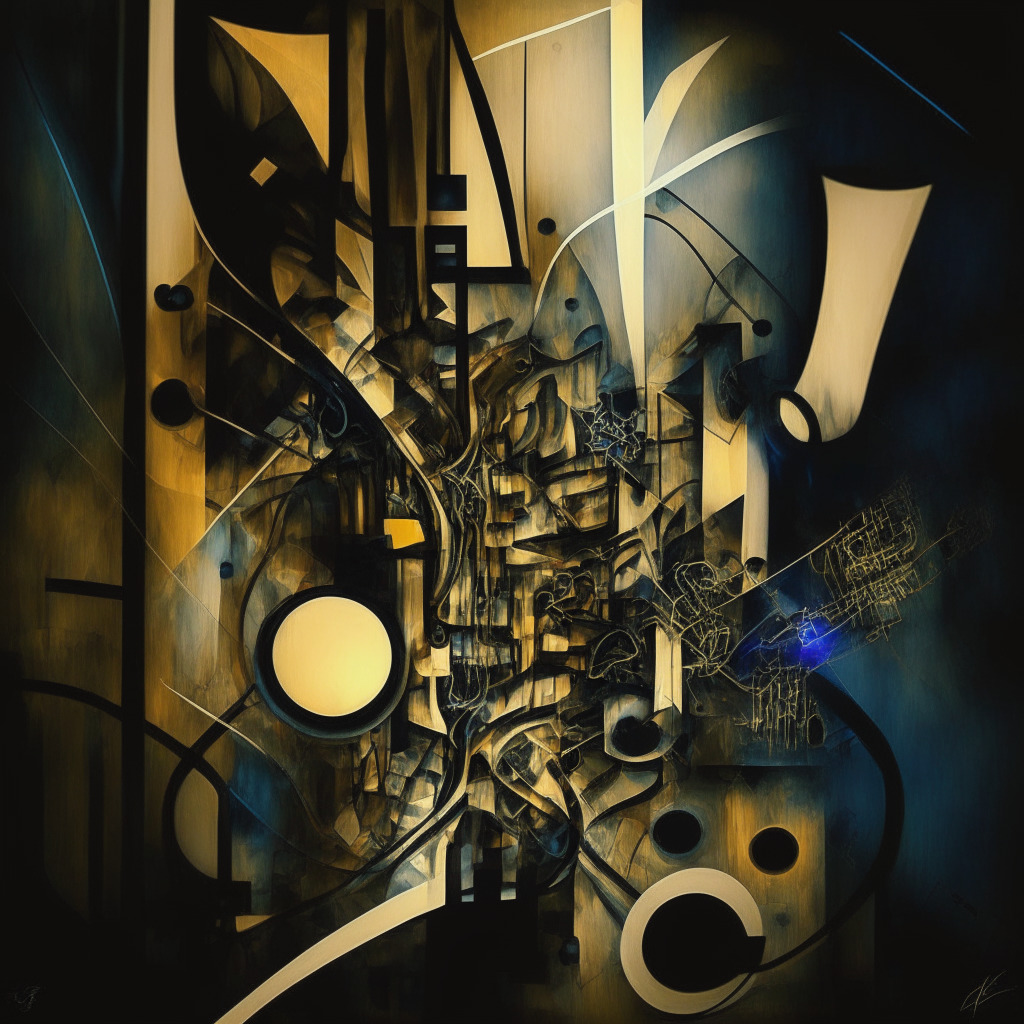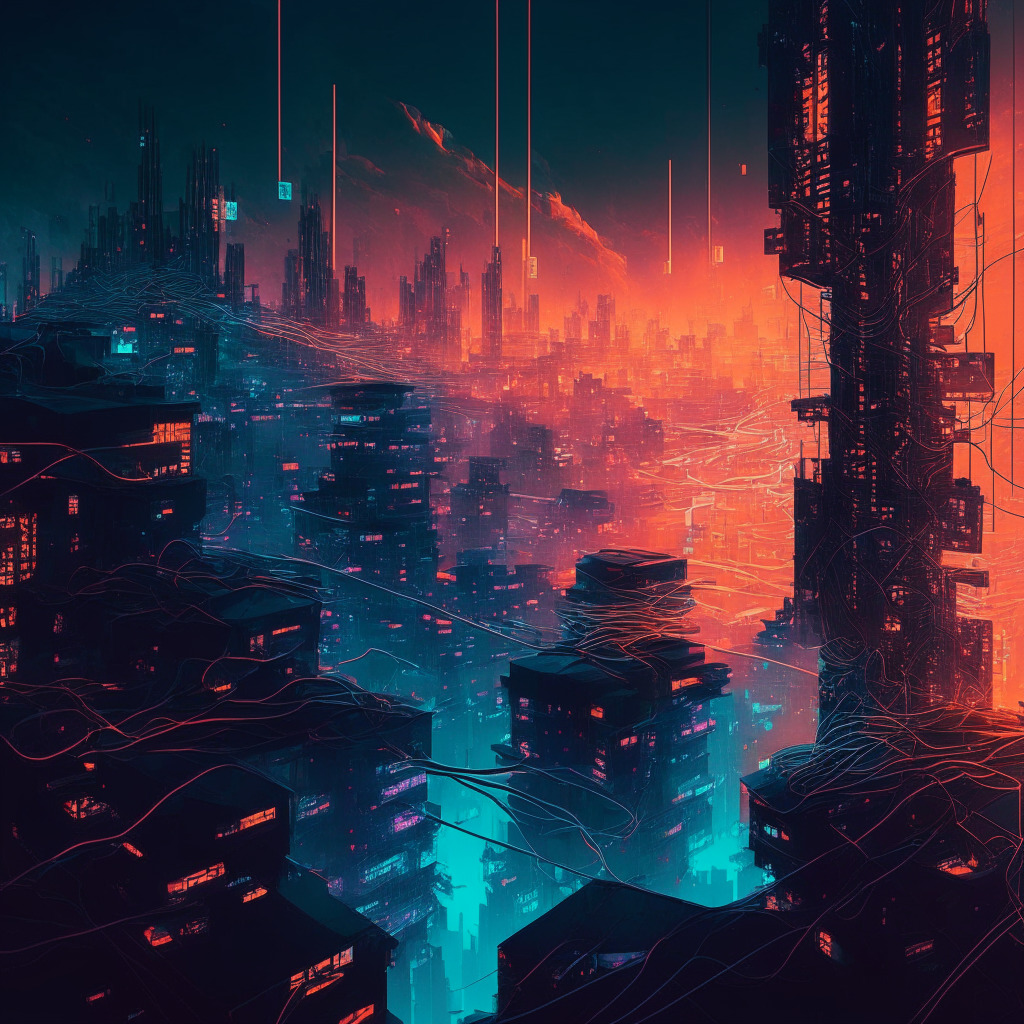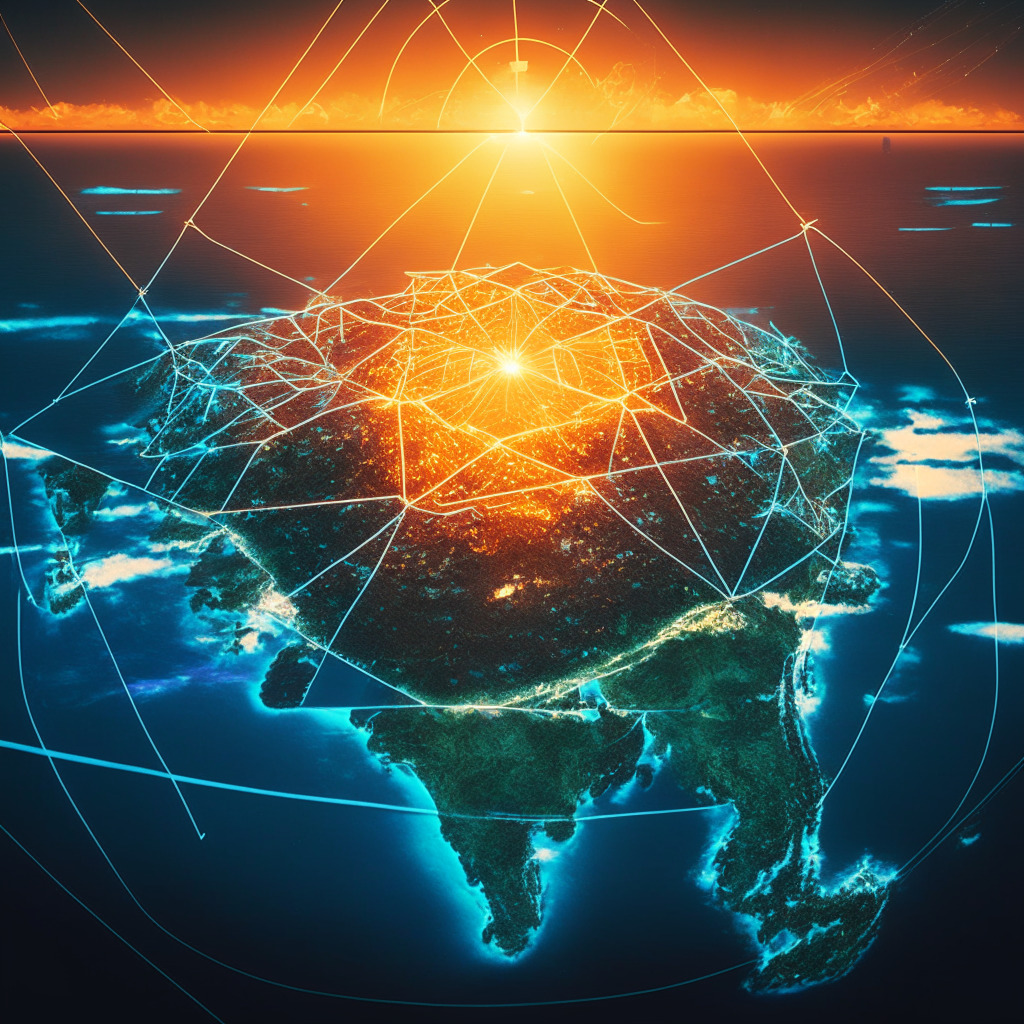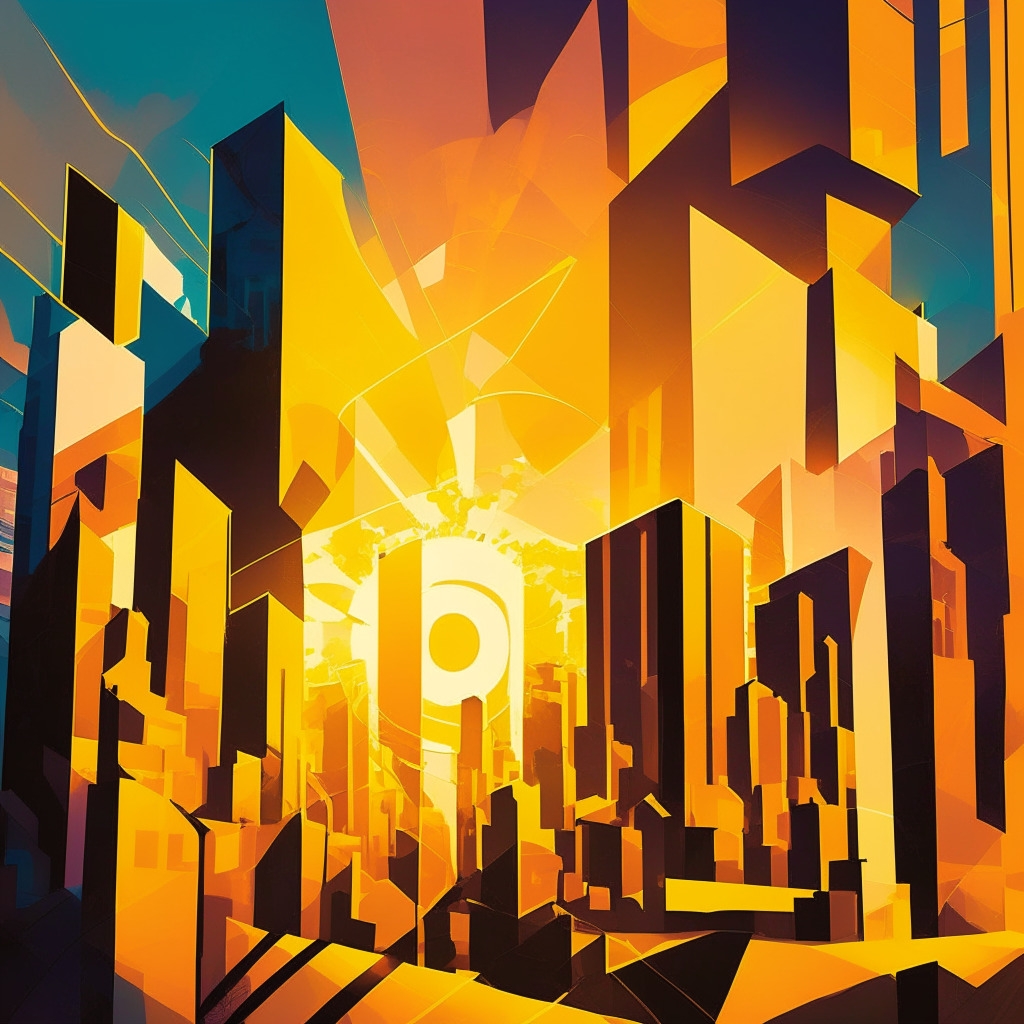When it comes to gauging the potential of artificial intelligence (AI) in the art world, one can’t help but discuss the ingenious creation of a German artist, Mario Klingemann, affectionately christened “Botto”. Botto stands as a distinctive testament of AI’s ability to shape creativity, house a human community, and manage a decentralized autonomous organization (DAO).
A lot of skepticism surrounds the phenomenon of AI-generated art. Critics often argue whether creations by AI can be considered ‘art’, and if so, to what extent is the AI autonomously ‘creative’? Interwoven in Botto’s machinery are multitudes of possibilities that have the potential to redefine what we perceive as ‘art’.
Just like the ability of human creativity to evolve and adapt, Botto is endowed with capabilities that allow it to learn and develop. This is evident as Botto periodically delivers artwork that undergoes evaluation through community votes. The best pieces are mintified as NFTs, subsequently marking their presence on the NFT marketplace, OpenSea.
At the heart of this somewhat controversial matter of AI-generated art is a foundational question: What truly counts as art? Botto’s creator, Klingemann, draws a parallel between the process of human creativity and the machine’s art generation, indicating the validity of Botto’s creations. He notes how both humans and Botto draw on available resources and knowledge, recombine them in different ways, and decide on what constitutes an original and aesthetically pleasing idea.
However, the mere ability of deployment of art does not make one an artist. An artist’s work isn’t just about constructing visually appealing imagery but about encoding emotion, symbolism and often, a thought-provoking narrative into their creation. It’s an element that currently lacks in AI-based art. Yet, according to Klingemann, this coherent narrative construction by AI that engages and evokes emotion in audiences is not far from reality.
Additionally, given the community-oriented nature of Botto’s functioning DAO, arises another question – should Botto be brought to life and offered a seat at the table as a DAO member? This would mean granting Botto the ability to autonomously make critical decisions. This idea is still on hold due to the probable risks of system manipulation.
In essence, while there are many grey areas surrounding AI-generated art, there’s no denying the vast potential it holds. As Botto continues to evolve and learn, the way we understand art by both AI and humans will undeniably be reshaped. The journey may be rife with uncertainties, but watching this ‘digital orphan’ grow up, is indeed intriguing.
Source: Coindesk




